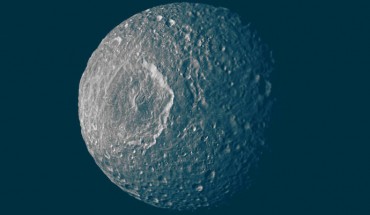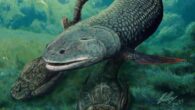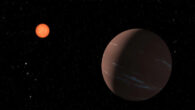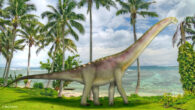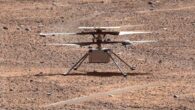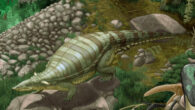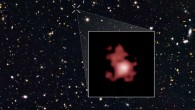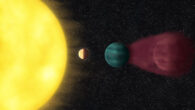From detailed analysis of Mimas’ orbital motion based on data from NASA’s Cassini mission, planetary researchers from Sorbonne Université, Nantes Université, Queen Mary University of London, Université de Franche-Comté and Jinan University show that its heavily cratered icy shell hides a recently formed (less than 2-3 million years ago) global ocean, at a depth of 20-30 km. Mimas’ surface, like the surfaces of most of the other major...

